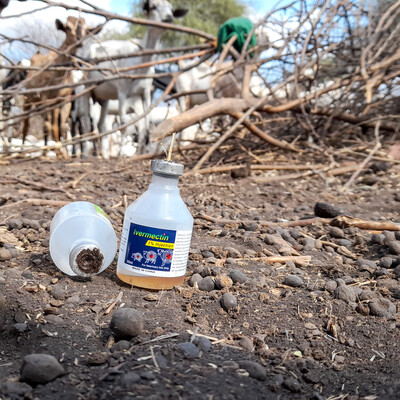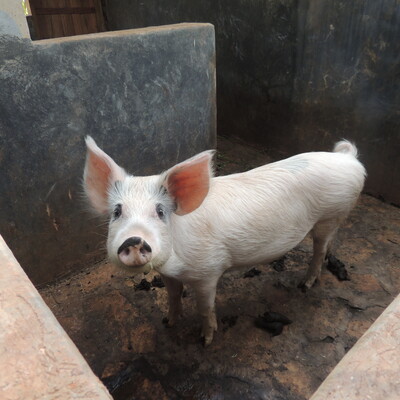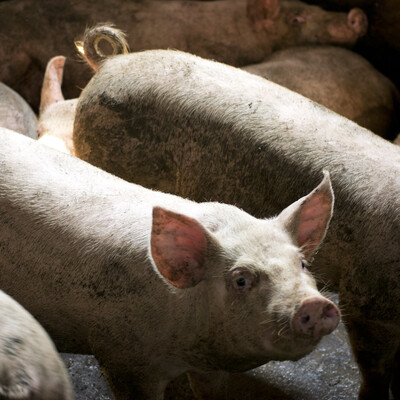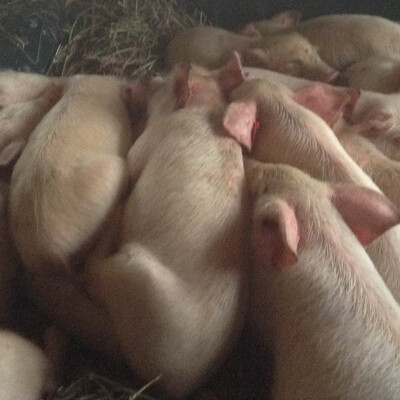
ILRI’s ‘Azizi’ facility is storing samples of livestock and wildlife biodiversity for future research
The International Livestock Research Institute (ILRI) stores biological samples from a diversity of species, which provide an immense genetic library for research in zoonosis, genetics, reproductive technology and breed preservation.
In 2013, ILRI developed a facility known as ‘Azizi’, the Swahili word for treasure, for keeping in long-term storage the biological materials collected by the institute during the course of routine research activities. These materials include a wide range of samples such as blood, serum, DNA, RNA, tissue, and pathogens from insects, livestock and wildlife species in Africa. They are stored in cryogenic freezers under liquid nitrogen at the Azizi ‘biorepository’, which can hold up to half a million biological samples.
While Azizi is unlike the Svalbard Global Seed Vault, in that it does not store seeds which can be regrown, the repository could become the go-to place for genetic material for studying animal diversity and adaptation that contributes to global food security. Located at the ILRI campus in Nairobi, Kenya, this one-of-a-kind storage facility can be a treasure trove for researchers looking into understanding animal genetic diversity, animal disease evolution and resistance mechanisms of animal diseases.
The over 450,000 samples at the Azizi biorepository are available for use by researchers across the world under an open access policy but there is an application process that is followed for each request, which is reviewed and if approved, accompanied by an ILRI-endorsed materials transfer agreement.
‘With a samples catalogue dating back over 30 years, this repository is a time capsule that gives biological archaeologists a chance to explore the changes that have taken place in the species populations of the collected samples over this period,’ said Steve Kemp, leader of the ILRI genetics research program. He added that the Azizi samples can help in studying the way organisms have mutated causing changes in livestock disease patterns or how livestock species are being selected by humans, for example, for improved milk production. ‘Thirty years may not seem like a long time, but in that time, diseases have come and gone; thousands of generations of pathogens have passed; agriculture and climate have changed and all of this can be seen or evaluated in the biological samples stored in Azizi’s frozen “strata”,’ said Kemp.
Early this year, Andrew Jackson, a senior lecturer in parasite biology at the Institute of Infection and Global Health from the University of Liverpool published a study on antigenic variation on African trypanosomes, a disease that has a profound negative impact on the livestock productivity in sub-Saharan Africa. When specifically working on Trypanosome vivax, his team used 20 T. vivax blood samples from the Azizi biorepository representing isolates from Uganda, Togo, Ivory Coast and Nigeria.
‘It would not have been possible for me to collect samples directly from the field in the different countries within the study period. Because Azizi provides an archive of materials and data from natural pathogen populations, I was able to access them without having to develop new working relationships with field biologists, which is time consuming and requires funding,’ says Jackson.
According to him, livestock population genetic data, such as is available at the Azizi biorepository, will be key in future drug resistance and vaccine design research on veterinary trypanosomes and will be needed by laboratory scientists who do not necessarily have ongoing connections with the field.
While many projects have used its samples, others have contributed to the Azizi repository. These include the People Animals and their Zoonosis (PAZ), an integrated response system for emerging infectious disease in East Africa (AVID), the Infectious Disease of East African Livestock’ (IDEAL) and the African Bovine Trypanosomiasis projects. For example, the IDEAL project contributed samples to Azizi that were collected between 2007 and 2009 from 548 East African Shorthorn Zebu cattle in western Kenya. With consent from the cattle owners, these samples were bio-banked for use in follow-up studies of cattle health in the region.
The biorepository hastens project work by reducing the amount of time needed to visit the field for samples. Rebecca Callaby, a postdoctoral researcher from the University of Edinburgh and author of a recently published paper, was involved in the IDEAL project. She says the Azizi facility saved time and money in her study.
‘I was able to get the samples I needed without having to go collect them in the field. And because the samples at Azizi are very well catalogued, I found what I needed quickly.’ She further added that ‘because of the data available on animal sample at the facility, we found that fewer animals need to be tested in our study.’
For more information on Azizi biorepository contact: Steve Kemp.


















